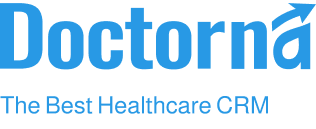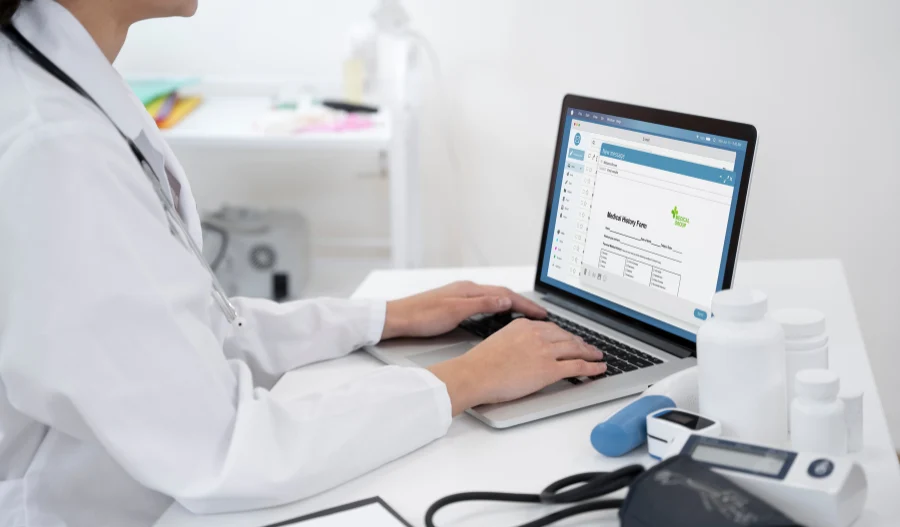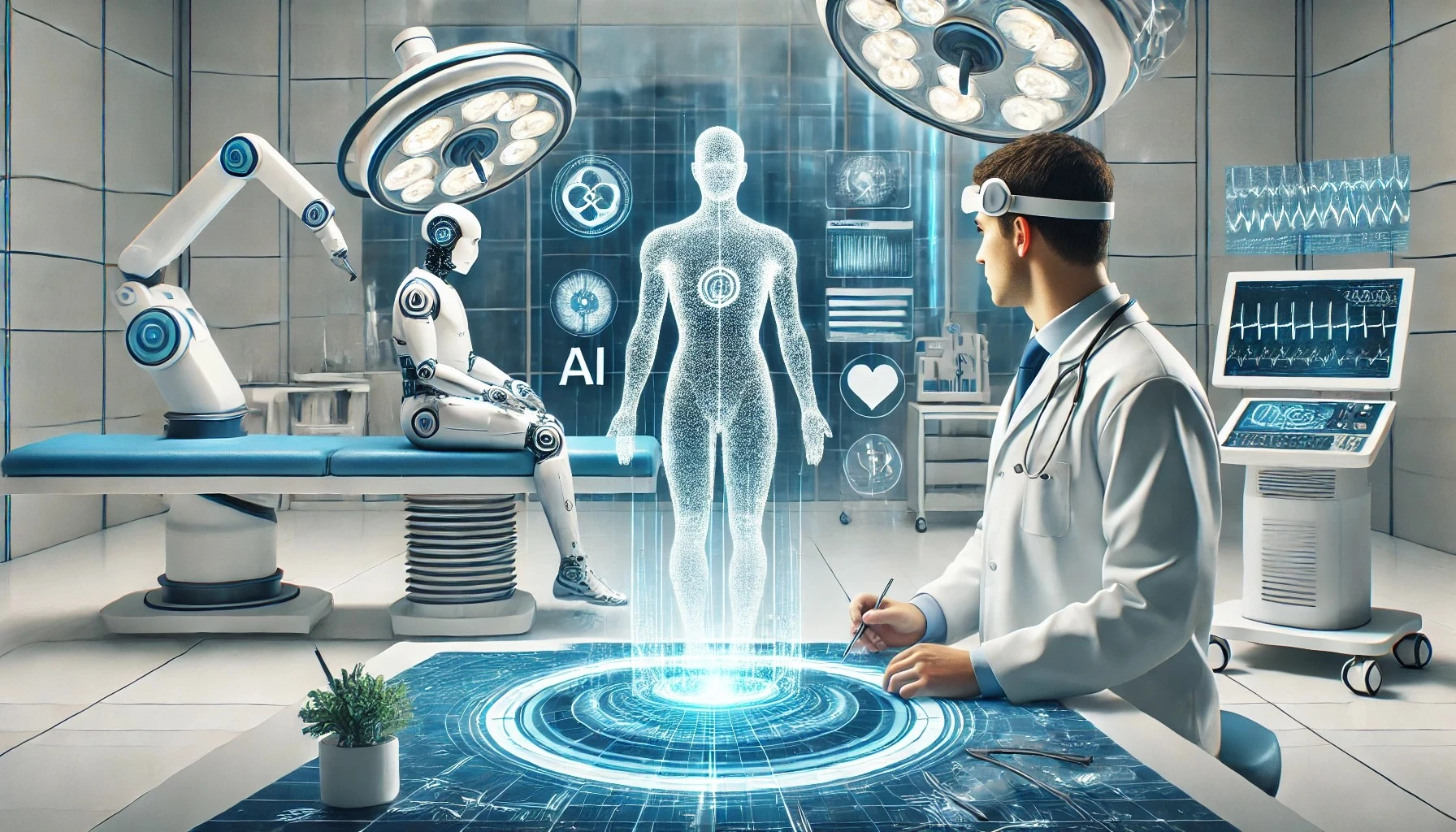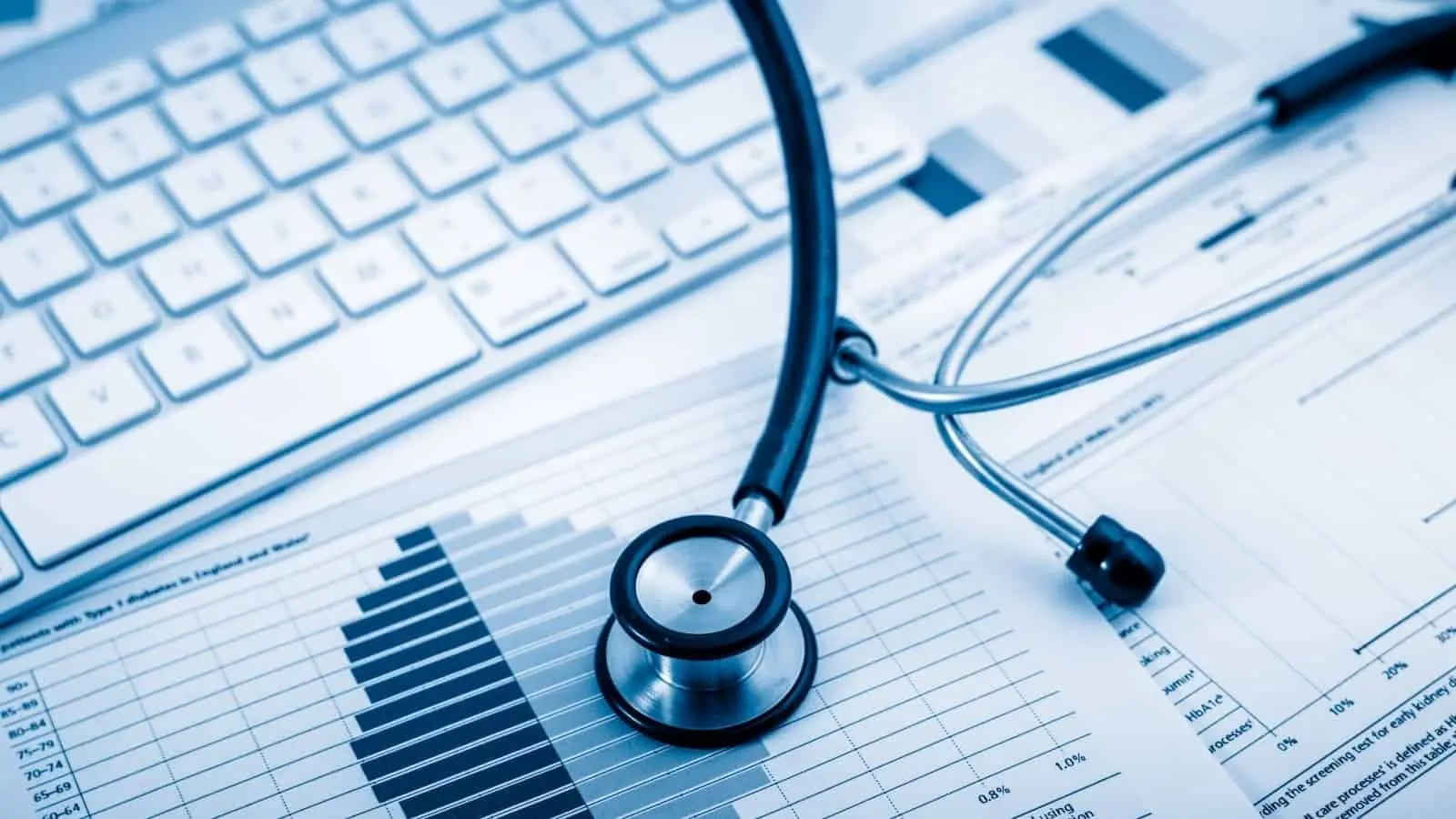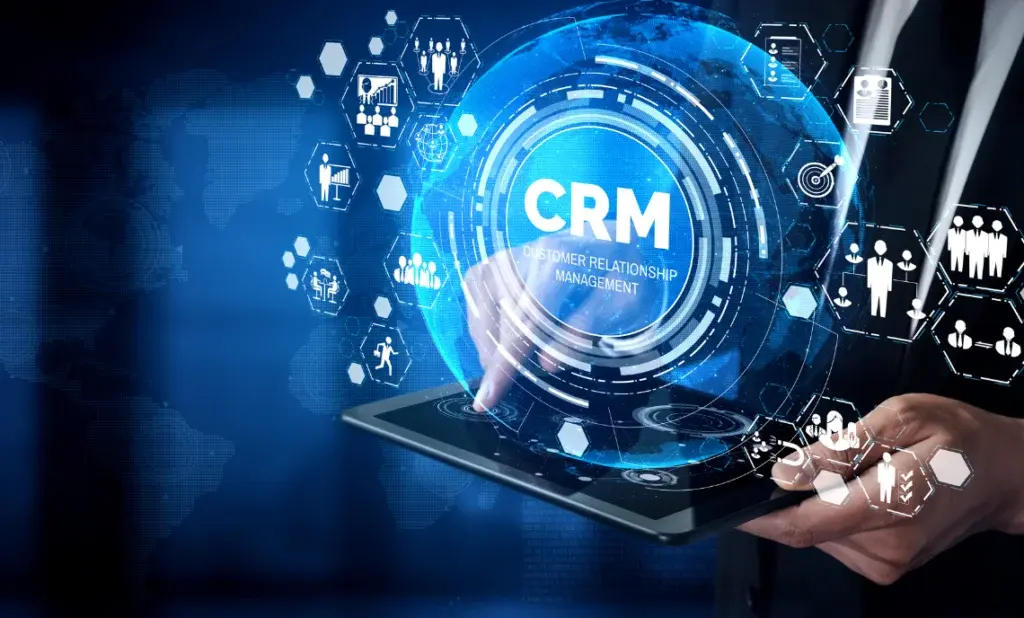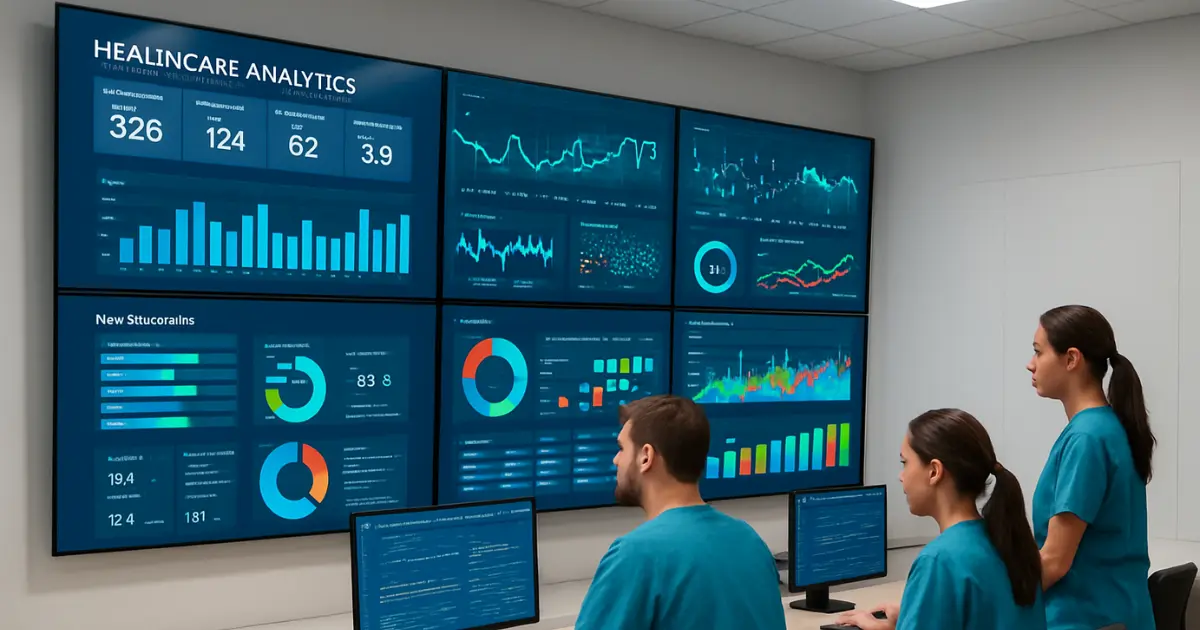Understanding the Foundation
What is an Electronic Health Record (EHR)?
To appreciate the synergy, we first need to understand each system individually. An Electronic Health Record (EHR) is fundamentally a comprehensive digital record of a patient’s entire medical history. Think of it as the ultimate digital patient chart.
Primary Purpose: EHRs are designed primarily for clinical care delivery. They empower doctors, nurses, and other clinicians to make informed medical decisions, accurately document patient encounters, and manage complex clinical workflows.
Key Features of an EHR:
- Clinical Charting & Documentation: Detailed notes on symptoms, examinations, and progress.
- E-prescribing: Securely sending prescriptions directly to pharmacies.
- Lab & Imaging Order Management: Streamlining the process of ordering and receiving test results.
- Clinical Decision Support: Tools that provide alerts or recommendations to clinicians based on patient data.
- Medical Billing & Coding: Often integrated or linked to facilitate accurate claims processing based on diagnoses and procedures.
- Patient Portals: Allowing patients to access their clinical information, test results, and sometimes communicate with their care team.
Limitations (when used in isolation for patient management): While an EHR is indispensable for clinical data, it’s typically not built for proactive patient engagement, marketing automation, or comprehensive relationship management that extends beyond the immediate clinical context. It focuses on the “what” of medical history, not necessarily the “how” of patient experience.
What is a Healthcare CRM?
A Healthcare CRM is a specialized Customer Relationship Management system, meticulously tailored for the unique demands of the healthcare industry. Its focus shifts from purely clinical data to managing and analyzing patient interactions and data throughout their entire lifecycle with your practice.
Primary Purpose: The core aim of a Healthcare CRM is patient relationship management, operational efficiency, and ultimately, business growth. It enhances patient engagement, streamlines administrative tasks, and optimizes the patient journey from their very first inquiry to ongoing, long-term care.
Key Features of a Healthcare CRM:
- Patient Acquisition & Lead Management: Tracking potential patients from initial contact through their conversion into active patients.
- Appointment Scheduling & Reminders: Highly automated systems for booking, rescheduling, and sending personalized reminders via various channels.
- Patient Communication: Integrated tools for SMS, email, and crucial platforms like WhatsApp, facilitating seamless and preferred patient interactions.
- Patient Feedback & Satisfaction Tracking: Collecting and analyzing patient feedback to improve service quality and address concerns proactively.
- Marketing Automation & Campaign Management: Running targeted campaigns for health awareness, new services, or re-engagement.
- Referral Management: Tracking and optimizing patient referrals to and from other specialists.
- Patient Loyalty Programs: Managing initiatives designed to reward and retain long-term patients.
- Analytics on Patient Behavior & Operational Performance: Providing insights into patient trends, communication effectiveness, and administrative bottlenecks.
Limitations (when used in isolation for clinical data): Conversely, a Healthcare CRM is not designed to store detailed clinical notes, diagnoses, or lab results. Its strength lies in managing the administrative and relationship aspects of the patient journey.
The Core Distinction: Healthcare CRM vs. EHR
To truly grasp the difference, think of it this way: an EHR is like the patient’s comprehensive medical chart – a detailed, clinical history of their health conditions, treatments, and outcomes. A Healthcare CRM, on the other hand, is like the clinic’s “relationship diary” with that patient – documenting every interaction, communication preference, and administrative touchpoint. Both are essential for the same patient, but they capture different facets of their journey.
Here’s a summary of their key differences:
Primary Purpose:
- EHR: Focused on clinical care and medical history. It’s designed for doctors and clinicians to document diagnoses, treatments, lab results, and patient medical records.
- Healthcare CRM: Focused on patient relationship management and operational efficiency. It’s designed for administrative staff, marketing, and patient coordinators to manage interactions, appointments, communication, and patient loyalty.
Data Type:
- EHR: Stores clinical data (e.g., diagnoses, medications, lab results, clinical notes).
- Healthcare CRM: Stores administrative and relationship data (e.g., contact information, appointment history, communication logs, patient preferences, marketing interactions).
While distinct, they are highly complementary, with integration being key to achieving a holistic view of the patient and streamlining operations.
The Power of Integrated Patient Care
While distinct, the true power for any modern healthcare practice lies not in choosing one over the other, but in combining them. The seamless integration of Healthcare CRM vs. EHR creates a holistic view that standalone systems simply cannot achieve.
- Holistic Patient View: Integration provides a unified patient profile, combining their clinical history from the EHR with their communication preferences, appointment history, and administrative interactions from the CRM. This 360-degree view empowers your team.
- Seamless Patient Journey: From the initial inquiry and booking (handled by CRM) to diagnosis and treatment (documented in EHR) to follow-up and re-engagement (managed by CRM), the patient experience becomes smooth, consistent, and intuitive.
- Improved Care Coordination: With relevant information accessible across all departments, communication silos are broken down, reducing errors, improving efficiency, and ensuring everyone is on the same page regarding patient care.
- Proactive Patient Engagement: The CRM can leverage clinical data from the EHR (e.g., upcoming screening needs, chronic condition management) to trigger highly personalized, proactive outreach, transforming reactive care into preventive wellness.
- Enhanced Operational Efficiency: Automate administrative tasks that might otherwise require manual data transfer between systems, saving time, reducing human error, and freeing up staff for more patient-facing activities.
- Data-Driven Insights: Combining clinical and administrative data allows for deeper, more powerful analytics. This provides insights into patient outcomes, identifies operational bottlenecks, and optimizes marketing effectiveness, leading to smarter strategic decisions.
How Integration Works
The magic of integration happens through Application Programming Interfaces (APIs). These are like digital bridges that allow different software systems, such as a Healthcare CRM and an EHR, to “talk” to each other securely and exchange information.
- The Role of APIs: APIs enable the flow of data between systems without requiring manual input or complex workarounds. They ensure that when information is updated in one system, it can be reflected in the other.
- Data Flow Examples:
- A new patient registered in your Healthcare CRM automatically creates a basic demographic record in your EHR.
- An appointment booked or rescheduled in the CRM instantly syncs to the EHR’s clinical schedule.
- Specific clinical data from the EHR (e.g., a patient’s next follow-up date for a chronic condition) can trigger automated, personalized reminders or educational content via the CRM.
- Patient demographics or contact information updated in one system are automatically reflected in the other, ensuring consistency.
- Key Considerations for Integration:
- Security & Compliance: Any integration must adhere to stringent data privacy regulations like HIPAA, GDPR, and local standards (e.g., DHA in Dubai, SDAIA in Saudi Arabia). Data transfer must be encrypted and secure.
- Interoperability Standards: Look for systems that support common healthcare data standards (e.g., HL7, FHIR) to ensure smooth communication.
- Real-time vs. Batch Sync: Understand whether data updates instantaneously (real-time) or at scheduled intervals (batch sync), and choose what best fits your operational needs.
Doctorna’s Role in Integrated Patient Care
At Doctorna, we understand that true digital transformation in healthcare isn’t about choosing one system over another, but about creating a powerful, integrated ecosystem. Our Healthcare CRM is designed to be the central hub that seamlessly connects with your existing EHR/EMR systems, unlocking the full potential of your patient data and operational workflows.
- Seamless Integration: Doctorna’s Healthcare CRM is built with robust API capabilities, ensuring smooth, secure data flow with leading EHR/EMR platforms. This provides your team with a unified, 360-degree patient view, enhancing decision-making and care coordination.
- Enhanced Patient Engagement: Leverage our customizable communication tools, including advanced WhatsApp integration, to personalize every patient interaction. These engagements are driven by intelligent insights derived from both clinical and administrative data, fostering stronger patient relationships.
- Operational Excellence: Streamline appointments, automate reminders, and manage leads efficiently with Doctorna’s intuitive interface. This frees up your clinical staff to focus on what they do best: delivering exceptional patient care, rather than administrative tasks.
- Data-Driven Growth: Utilize Doctorna’s powerful analytics to gain actionable insights from your combined CRM and EHR data. This allows you to optimize patient journeys, identify growth opportunities, and drive the overall success of your clinic.
Conclusion
The debate of Healthcare CRM vs. EHR is not about competition; it’s about collaboration. Both systems are indispensable pillars of modern healthcare, each excelling in its domain. The future of patient care unequivocally lies in their seamless integration, creating a powerful synergy that empowers providers with a holistic view of every patient, streamlines operations, and fosters truly personalized engagement.
By embracing this integrated approach, healthcare organizations can move beyond fragmented data and disjointed experiences. This paves the way for superior patient outcomes, unparalleled operational efficiency, and sustainable growth in an increasingly digital world.
Ready to integrate your systems and elevate your patient care?
Discover How Doctorna Integrates Your Healthcare CRM & EHR for Seamless Care!
Frequently Asked Questions (FAQs) on Healthcare CRM vs. EHR
Q: Can a Healthcare CRM replace an EHR system?
A: No, a Healthcare CRM cannot replace an EHR system. An EHR is essential for clinical documentation and medical records, while a CRM focuses on patient relationship management and administrative workflows. They are complementary, not interchangeable.
Q: What are the main benefits of integrating my Healthcare CRM with my EHR?
A: Integrating your Healthcare CRM with your EHR provides a holistic patient view, improves care coordination, enhances patient engagement through personalized communication, streamlines administrative tasks, and offers deeper data insights for better decision-making.
Q: Is data security maintained when integrating Healthcare CRM and EHR systems?
A: Yes, reputable integration solutions prioritize data security. They use secure APIs, encryption, and adhere to strict data privacy regulations like HIPAA, GDPR, and local standards (e.g., SDAIA, DHA) to ensure patient data is protected during transfer and storage.
Q: Which system should a new clinic implement first: a Healthcare CRM or an EHR?
A: The choice depends on immediate needs. If clinical documentation and medical records are the priority, an EHR comes first. If patient acquisition, communication, and administrative efficiency are paramount, a Healthcare CRM might be the initial focus. Ideally, plan for integration from the start.
Q5: How does an integrated system improve the patient experience?
A: An integrated system creates a seamless patient journey by ensuring consistent information across all touchpoints. Patients benefit from accurate scheduling, personalized communication, reduced wait times, and a sense that their entire care team is informed and coordinated.
